The Ultimate Guide To Types Of Hydrangea Trees
Hydrangeas are some of the most popular flowering shrubs in the world, and for good reason. They come in a wide variety of colors, sizes, and shapes, and they can be grown in a variety of climates. If you're thinking about adding hydrangeas to your garden, there are a few things you need to know.
In this blog post, we'll take a look at the different types of hydrangea trees, their care requirements, and how to choose the right hydrangea for your garden.
Types of Hydrangea Trees
There are four main types of hydrangea trees:
- Bigleaf hydrangeas (Hydrangea macrophylla) are the most common type of hydrangea. They have large, round flowers that can be blue, pink, or white. Bigleaf hydrangeas are hardy in USDA zones 4-9.
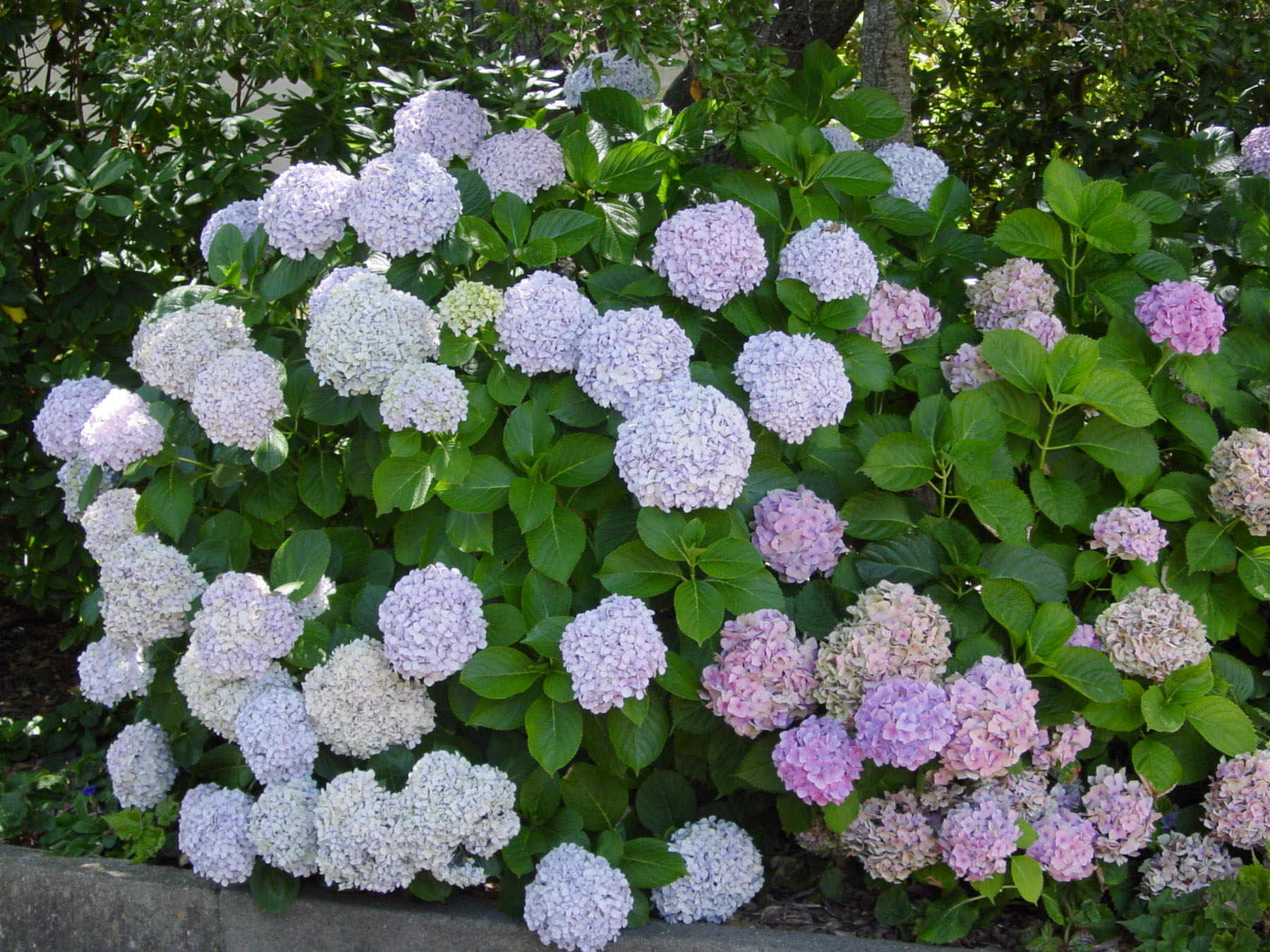
- Panicle hydrangeas (Hydrangea paniculata) have cone-shaped flowers that can be white, pink, or green. Panicle hydrangeas are hardy in USDA zones 3-8.
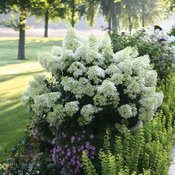
- Smooth hydrangeas (Hydrangea arborescens) have flat-topped flower clusters that can be white, pink, or blue. Smooth hydrangeas are hardy in USDA zones 3-8.

- Oakleaf hydrangeas (Hydrangea quercifolia) have large, oak-shaped leaves and clusters of small, white flowers. Oakleaf hydrangeas are hardy in USDA zones 4-8.
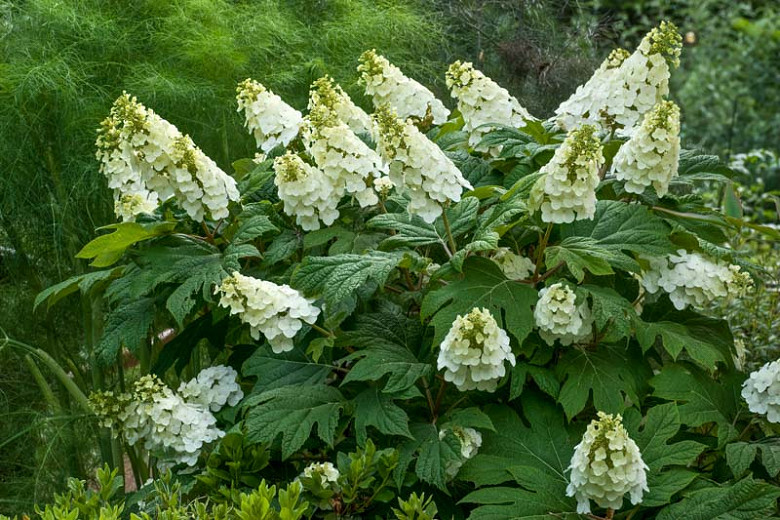
Care Requirements
The care requirements for hydrangea trees vary depending on the type. However, there are some general care tips that apply to all hydrangeas.
- Hydrangeas prefer full sun to partial shade.
- Hydrangeas need well-drained soil.
- Hydrangeas should be watered regularly, especially during the summer months.
- Hydrangeas should be fertilized once a year in the spring.
Choosing the Right Hydrangea for Your Garden
When choosing the right hydrangea for your garden, there are a few factors to consider:
- Climate: Hydrangeas are hardy in a variety of climates, but it's important to choose a type that is suitable for your area.
- Size: Hydrangeas come in a variety of sizes, so choose one that will fit in your garden space.
- Color: Hydrangeas come in a wide variety of colors, so choose one that will complement the other plants in your garden.
- Hardiness: Hydrangeas have different hardiness ratings, so choose one that is hardy in your area.
Conclusion
Hydrangeas are beautiful and versatile shrubs that can add a touch of elegance to any garden. With a little care, hydrangeas can thrive for many years.
Hydrangeas are beautiful flowering shrubs that come in a variety of colors, shapes, and sizes. If you're thinking about adding a hydrangea tree to your garden, you'll want to do your research to find the right type for your climate and needs.
There are many different types of hydrangea trees, each with its own unique characteristics. Some of the most popular varieties include:
- Limelight hydrangea: This is a popular choice for its large, white flowers that bloom in summer.
- Endless Summer hydrangea: This variety is known for its long bloom time, which can last from spring to fall.
- PeeGee hydrangea: This tree has large, panicle-shaped flowers that can be white, pink, or blue.
- Annabelle hydrangea: This is a classic variety with large, round, white flowers.
No matter what type of hydrangea tree you choose, you're sure to add a touch of beauty and elegance to your garden. To learn more about the different types of hydrangea trees, I recommend visiting .
FAQ of types of hydrangea trees
5 Most Frequently Asked Questions About Types of Hydrangea Trees
What are the different types of hydrangea trees?
There are three main types of hydrangea trees:
- Mophead hydrangeas (Hydrangea macrophylla) are the most popular type of hydrangea tree. They have large, round flower heads that come in a variety of colors, including blue, pink, and white.
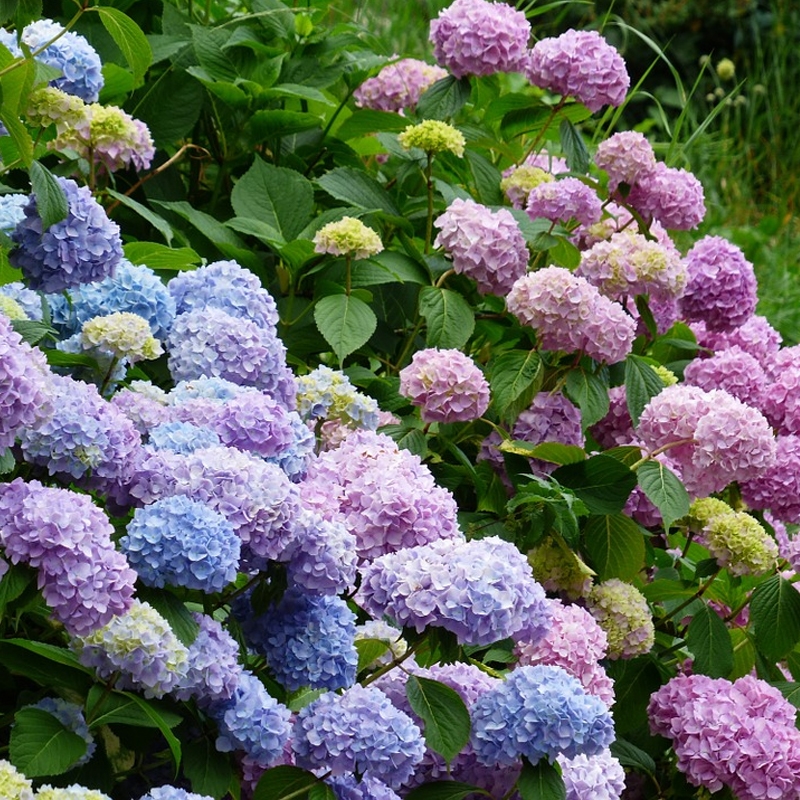
- Panicle hydrangeas (Hydrangea paniculata) are known for their large, conical flower clusters. They are hardy in colder climates than mophead hydrangeas and can be grown in Zones 3 to 9.
- Smooth hydrangeas (Hydrangea arborescens) are smaller than mophead or panicle hydrangeas, but they are just as beautiful. They have white or pink flower clusters that bloom in the summer.
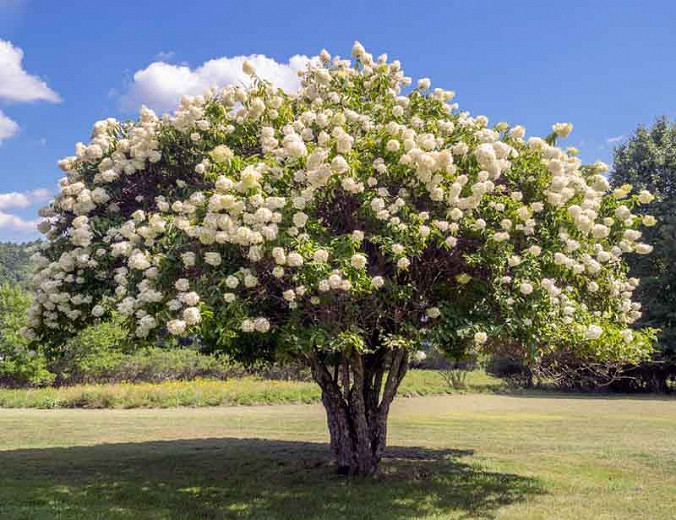
What is the best type of hydrangea tree for my climate?
The best type of hydrangea tree for your climate will depend on the hardiness zone you live in. Mophead hydrangeas are the most cold-sensitive type of hydrangea, so they are best suited for Zones 5 to 9. Panicle hydrangeas are hardy in Zones 3 to 9, so they are a good choice for colder climates. Smooth hydrangeas are hardy in Zones 3 to 8, so they are a good option for a variety of climates.
How do I care for a hydrangea tree?
Hydrangea trees are relatively easy to care for. They need full sun to partial shade and well-drained soil. They should be watered regularly, especially during the flowering season. Hydrangeas also benefit from a light application of fertilizer in the spring.
How do I get my hydrangea tree to bloom?
Hydrangea trees need cool nights and warm days to bloom. If you live in a warm climate, you may need to protect your tree from the heat during the summer. You can also help your tree bloom by fertilizing it in the spring and watering it regularly.
What are some common problems with hydrangea trees?
Some common problems with hydrangea trees include:
- Leaf spot is a fungal disease that can cause brown spots on the leaves.
- Scale insects can suck the sap out of the leaves, causing them to wilt and fall off.
- Pests such as aphids and caterpillars can also damage hydrangea trees.
If you notice any problems with your hydrangea tree, it is important to treat them promptly to prevent further damage.
Image of types of hydrangea trees
- Limelight hydrangea: This is the most popular variety of hydrangea tree. It is known for its large, conical blooms that can reach up to 12 inches in diameter. The blooms start out green and gradually turn pink or blue, depending on the acidity of the soil.

- Annabelle hydrangea: This variety is known for its large, white blooms that can be up to 18 inches in diameter. The blooms are very showy and are a popular choice for weddings and other events.
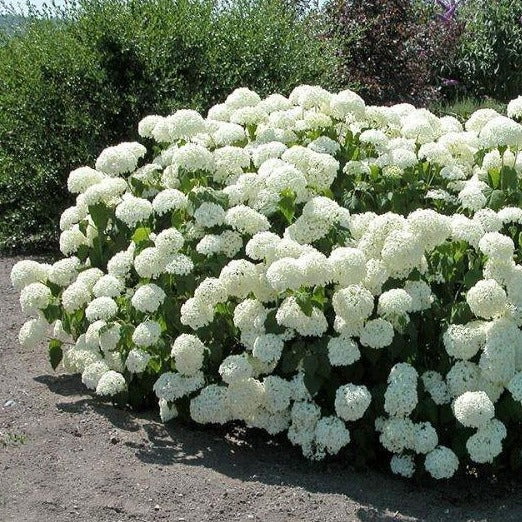
- PeeGee hydrangea: This variety is known for its long, cascading branches that are covered in blooms. The blooms can be white, pink, or blue, and they typically bloom in late summer.
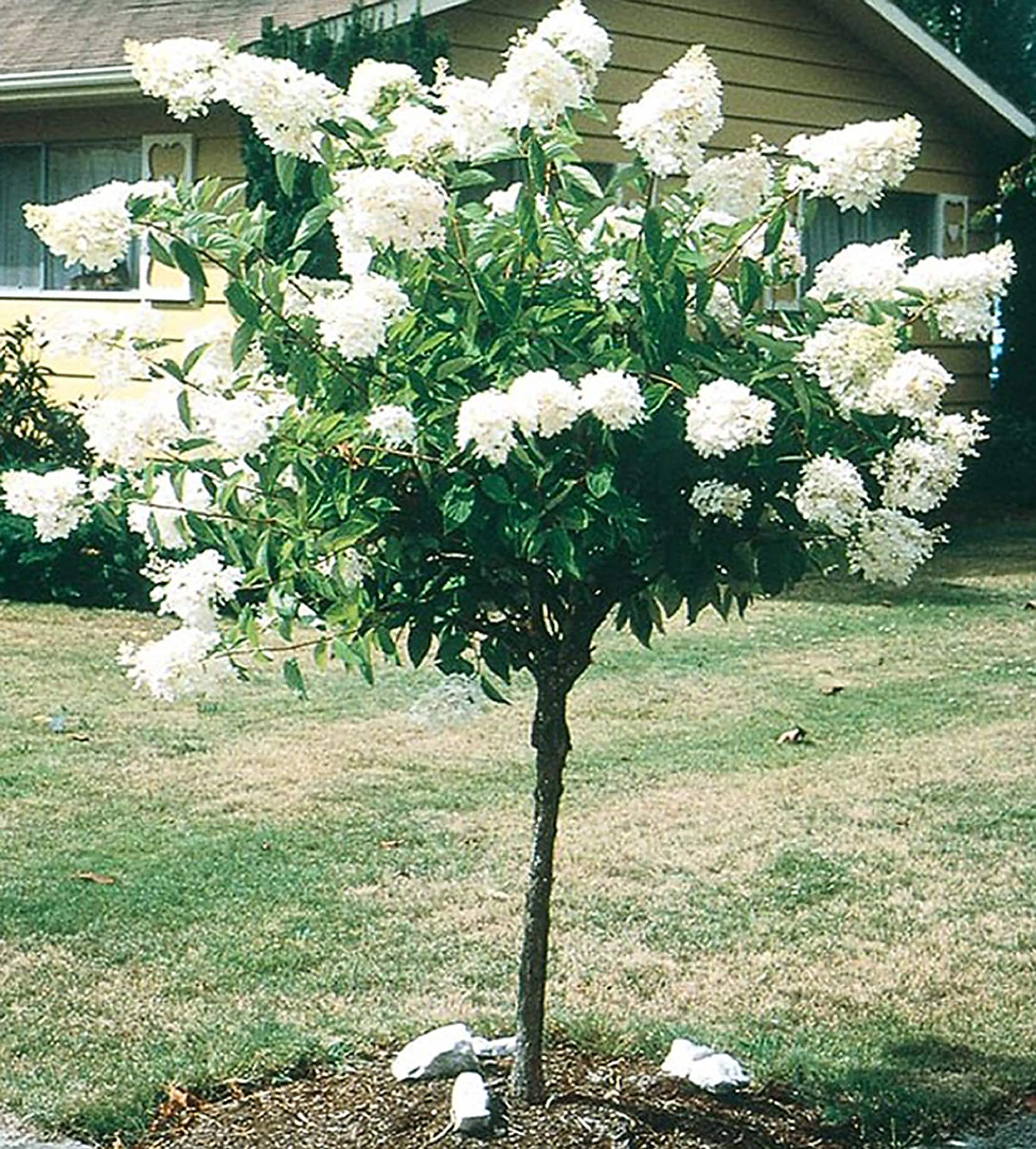
- Incrediball hydrangea: This variety is known for its large, round blooms that can reach up to 10 inches in diameter. The blooms are a deep pink color and they typically bloom in late summer.

- Serrata hydrangea: This variety is known for its serrated leaves and its small, blue or pink blooms. The blooms typically bloom in late summer or early fall.

Post a Comment for "The Ultimate Guide To Types Of Hydrangea Trees"